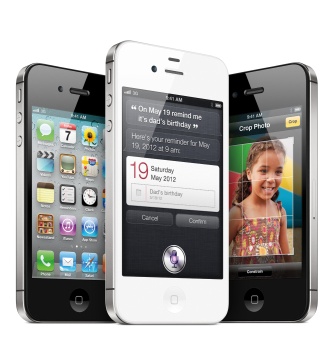A new study from ABI Research (http://www.abiresearch.com) forecasts 600 million smartphones will be shipped with vision-based gesture recognition features in 2017.
“Gesture recognition is a very exciting prospect, particularly for smartphones and tablets,” says ABI Research senior analyst Josh Flood. “These devices are already heavily entrenched into peoples’ lives and another communication interface is always very welcome.”
Camera-based tracking for gesture recognition has actually been in use for some time. Leading game consoles — Microsoft’s Xbox and Sony’s PlayStation — both have gesture recognition equipment; Kinect and PlayStation Eye respectively. These devices are in their seventh and eighth generation.
Several challenges remain for gesture recognition technology for mobile devices, including effectiveness of the technology in adverse light conditions, variations in the background, and high power consumption. However, it’s believed these problems can be overcome with different tracking solutions and new technologies, according to ABI Research.
Qualcomm has been heavily promoting its Snapdragon chipset processors’ visional gesture recognition technology in 2012. Intel has primarily focused upon touch capabilities for its notebooks and ultrabooks this year. Nevertheless, the company’s senior management has acknowledged gesture and voice recognition will be a “big deal” in the computing sector next year.
Currently, only a small number of the smartphones shipped have gesture recognition. Pantech, a Korean smartphone original equipment manufacturer [OEM], began selling its Vega LTE handset in Korea during November 2011 with gesture recognition technology using camera-based tracking. Qualcomm’s Snapdragon processor will offer smartphone OEMs the ability to have camera, infrared, and ultrasound based tracking.
These tracking solutions give smartphone OEMs and app designers some attractive techniques for new interactions and enhancing the users experience. Additionally, gesture recognition will be useful for media tablets, portable media players, and portable game players. It’s projected a higher percentage of media tablets will have the technology than smartphones, says ABI Research.

